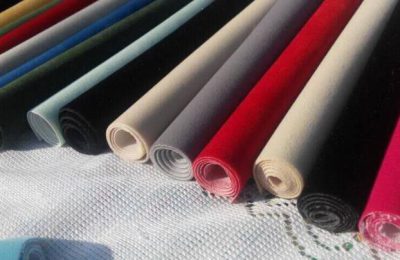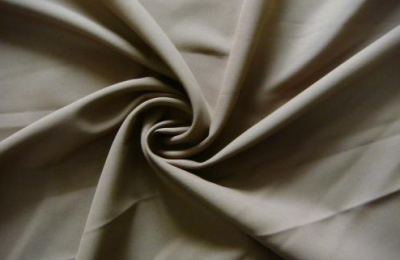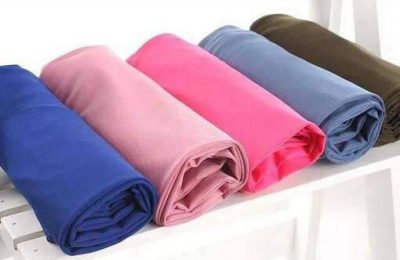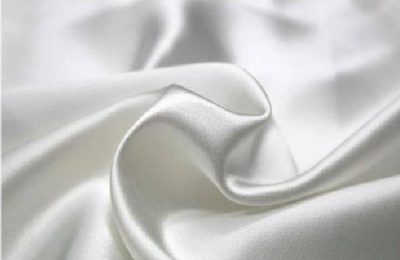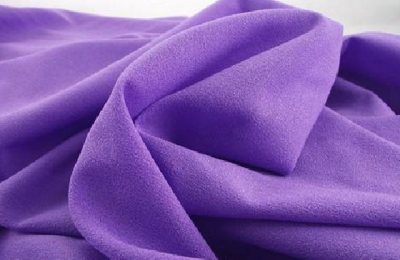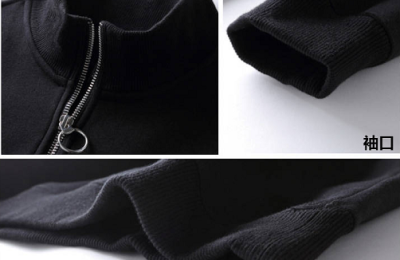The treatment of organic solid waste has become an important environmental and social issue worldwide. Traditional treatment methods such as incineration and landfill not only produce greenhouse gases, but also occupy valuable land resources. Compost fermentation treatment has the advantages of low harmless cost, simple operation and resource utilization of organic matter, nitrogen, phosphorus and other nutrients. It is a treatment method suitable for my country’s current economic development. Today we will learn about PTFE aerobic compost membrane.
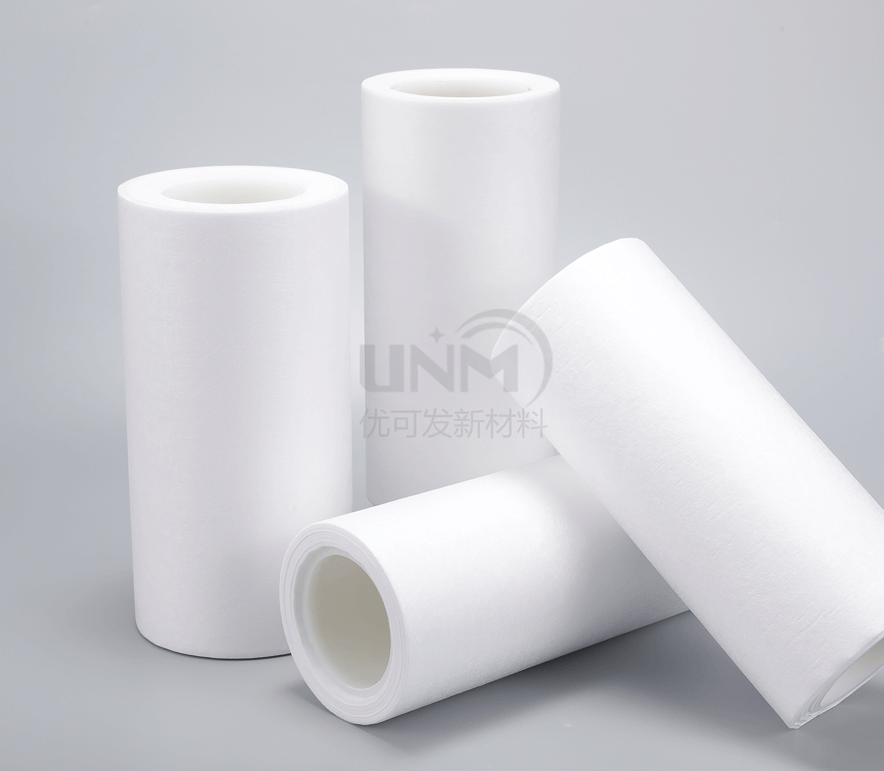
Polytetrafluoroethylene bubble point membrane, also known as ptfe aerobic compost membrane, is generally made of polytetrafluoroethylene (ptfe) suspended powder as raw material, and is expanded and stretched to form a microporous film. It has a fibrillar microporous structure, the porosity can reach more than 88%, there are 1.4 billion micropores per square centimeter, and the pore diameter ranges from 0.1μm to 0.5μm. Generally, this film is coated on various fabrics and substrates using special processes to become a new filter material.
PTFE aerobic compost membrane is prepared using unique biaxial stretching technology, which can ensure the complete interception of bacteria and other impurities while having a large flux. The material is resistant to high temperatures, strong acids and alkali, and has wide chemical applicability. When used for gas filtration, it can achieve 100% retention of various phages, bacteria and particles above 0.02um. PTFE microporous membrane has high filtration efficiency and can meet the filtration efficiency level requirements of sub-high efficiency, high efficiency and ultra high efficiency air filters. The products are widely used in various fields. Interested parties can enter the store for consultation and purchase! </p



